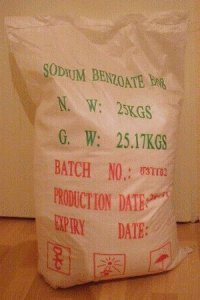
| Quote: |

 ==>
C<sub>6</sub>H<sub>6</sub> + C<sub>6</sub>H<sub>5</sub>-CH<sub>3</sub> +
15/2.H<sub>2</sub>O
==>
C<sub>6</sub>H<sub>6</sub> + C<sub>6</sub>H<sub>5</sub>-CH<sub>3</sub> +
15/2.H<sub>2</sub>O
 , the "Knights of the hot tube"
, the "Knights of the hot tube"  )
) !
!



| Quote: |
| Quote: |

 But with calcium chloride treatment of the chloroform distillate) one
should be able to reuse the same chloroform over and over again.
But with calcium chloride treatment of the chloroform distillate) one
should be able to reuse the same chloroform over and over again.  I might
head to the liquor store this weekend for Everclear!
I might
head to the liquor store this weekend for Everclear!| Quote: |
| Quote: |





 ) which boils at ~81C and smells much nicer than the unpurified stuff
) which boils at ~81C and smells much nicer than the unpurified stuff 

| Quote: |
| Quote: |
| Quote: |



| Quote: |



| Quote: |
 Kidding apart, could you try a mixture of bases instead? I mean in literature a mixture of CaOH/NaOH is commonly used
for decarboxylation, this being known as sodalime. The fact is that most propably it sort of lowers the melting point of the CaOH which is difficult
to melt. Maybe a better yield could be obtained.
Kidding apart, could you try a mixture of bases instead? I mean in literature a mixture of CaOH/NaOH is commonly used
for decarboxylation, this being known as sodalime. The fact is that most propably it sort of lowers the melting point of the CaOH which is difficult
to melt. Maybe a better yield could be obtained. )
)







 Cuz ground joints are only about 7 bucks apeice and/or sticking new bottom blanks
on old joints isn't exactly rocket science if you have a pair of crossfire burners (or so I have been reading)
Cuz ground joints are only about 7 bucks apeice and/or sticking new bottom blanks
on old joints isn't exactly rocket science if you have a pair of crossfire burners (or so I have been reading)